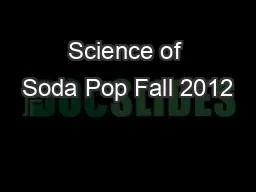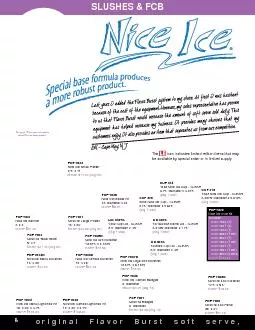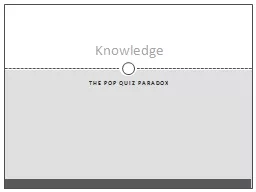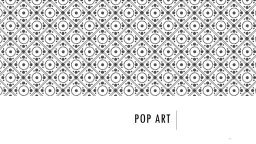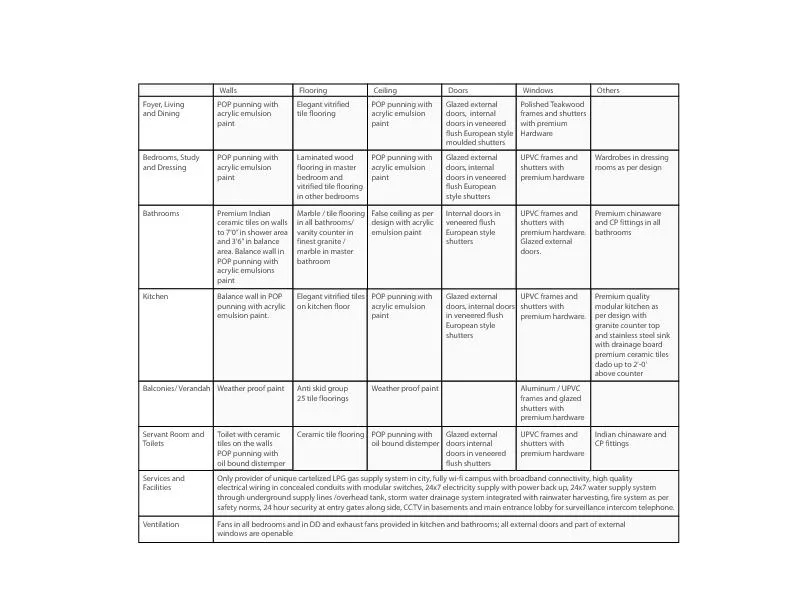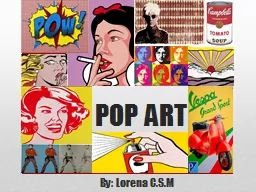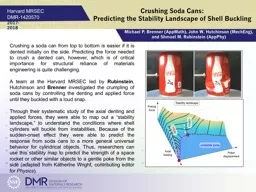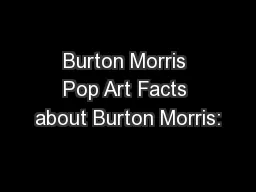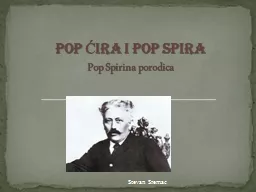PPT-Science of Soda Pop Fall 2012
Author : relylancome | Published Date : 2020-08-28
A Look at graph showing availability of soft drinks B Look at graph comparing soda consumption between different countries II What is in a soda Regular Coke Diet
Presentation Embed Code
Download Presentation
Download Presentation The PPT/PDF document "Science of Soda Pop Fall 2012" is the property of its rightful owner. Permission is granted to download and print the materials on this website for personal, non-commercial use only, and to display it on your personal computer provided you do not modify the materials and that you retain all copyright notices contained in the materials. By downloading content from our website, you accept the terms of this agreement.
Science of Soda Pop Fall 2012: Transcript
Download Rules Of Document
"Science of Soda Pop Fall 2012"The content belongs to its owner. You may download and print it for personal use, without modification, and keep all copyright notices. By downloading, you agree to these terms.
Related Documents

